Solar Fault Finding: Common Problems, Easy Fixes, and When to Call an Expert
Solar Not Performing? Here’s What You Need to Know
Solar systems are one of the best investments for Perth homes and businesses — but like any electrical setup, they can develop faults. If your system’s performance has dropped or it’s showing error messages, it could be time to investigate.
In this guide, we break down the most common solar system faults, signs to watch for, how to handle minor issues, and when to call a qualified solar electrician. From inverter repairs to wiring faults and panel problems, we’ve got you covered.
How to Know if Your Solar System Has a Problem
Some signs of a solar fault are obvious, others are subtle. Here’s what to look for:
Inverter error lights or fault codes
A sudden drop in energy production (visible on your app or inverter screen)
Your electricity bills start rising despite sunshine
Burnt smells or heat near the inverter
Noisy inverter or flashing lights
If you're experiencing any of these, don’t ignore them — they could point to a deeper issue.
1. Inverter Faults — The Most Common Issue
The inverter is the brain of your solar system. If it fails, your panels can’t send power into your home or the grid.
Common inverter issues include:
DC input voltage errors
Isolation faults
Ground faults
Over-temperature shutdowns
Quick checks you can do:
Look at the inverter display for any fault code or red lights
Restart the inverter using the shutdown/start-up procedure on the label
Make note of the error code if it persists
When to call a pro: If your inverter continues to fault or won’t restart, call an experienced inverter repairer in Perth. They’ll diagnose the fault, repair or replace the unit, and restore performance.
2. Solar Panel Problems
Panels are tough, but they can still develop issues over time:
Microcracks from hail or impact
Delamination (peeling)
Hot spots from internal cell faults
Loose connectors or junction boxes
Symptoms:
Decreased power output
Uneven string voltages
Physical damage visible on inspection
Fixes:
Replace individual panels if damaged or severely underperforming
Re-terminate connectors if loose or corroded
Clean dirty panels (carefully) if that’s the cause
3. Isolator Switch Failures
DC isolators — required by law in Australia — are one of the most fault-prone parts of a solar system. Exposure to the elements causes them to degrade over time.
Common issues include:
Water ingress
Cracking plastic covers
Loose terminals causing arcing
Signs to look for:
Burnt smell near rooftop or inverter isolator
Difficulty turning the switch
No DC voltage showing on inverter
What to do: Do not attempt to open the isolator. This is a licensed job. A qualified solar electrician can safely replace faulty isolators and re-test the system.
4. Wiring Faults or Loose Connections
Wiring in the roof cavity or to the inverter can come loose or degrade over time due to:
Thermal expansion
Pest activity
UV exposure
Poor installation
Common symptoms:
Intermittent inverter faults
Sparks or burning smells
Arcing noise from the roof
Fix: Have a solar-qualified electrician inspect and test the wiring for continuity, insulation resistance, and voltage drop. Faulty sections can be repaired or replaced.
5. Grid Voltage and Supply Issues
Sometimes the problem isn’t in your system — it’s in the grid.
How it affects your system:
High grid voltage causes inverter shutdown
Unstable frequency results in inverter disconnects
How to fix it:
Your inverter may need settings adjusted within Clean Energy Council (CEC) guidelines
Western Power may need to review local voltage supply if the issue persists
6. Inverter Replacement: When Repairs Aren’t Enough
Most inverters last 7–12 years, depending on the brand and exposure. If your inverter is out of warranty, experiencing frequent faults, or no longer supported, it may be time to consider inverter replacement in Perth.
Things to consider:
Choose a CEC-approved product
Match it to your panel array and monitoring needs
Check eligibility for rebates or upgrades
A licensed solar electrician will remove the old inverter, update connections, and commission the new unit to current standards.
Easy Fixes You Can Try Before Calling a Pro
Some issues are simple and safe to troubleshoot:
Reboot your inverter using the proper shutdown/start-up process
Check your solar app or monitoring portal for data dropouts
Clean your panels if they’re obviously dirty or shaded
If the issue persists after trying these steps, it's time to call in a professional.
Why You Should Always Use a Solar Electrician
Not all electricians are solar accredited. Always check that your contractor is Clean Energy Council (CEC) qualified to work on PV systems.
At Jarrah Group, we provide:
Solar repairs Perth-wide
Inverter repair and replacement
Thermal imaging fault detection
Full system testing and reporting
We help homeowners and businesses restore their solar system quickly, safely, and legally.
Final Thoughts: Get the Most From Your Solar Investment
If your solar system isn’t performing, don’t delay. Faults reduce savings, shorten system lifespan, and pose safety risks.
Jarrah Group — Perth’s trusted solar electricians.
